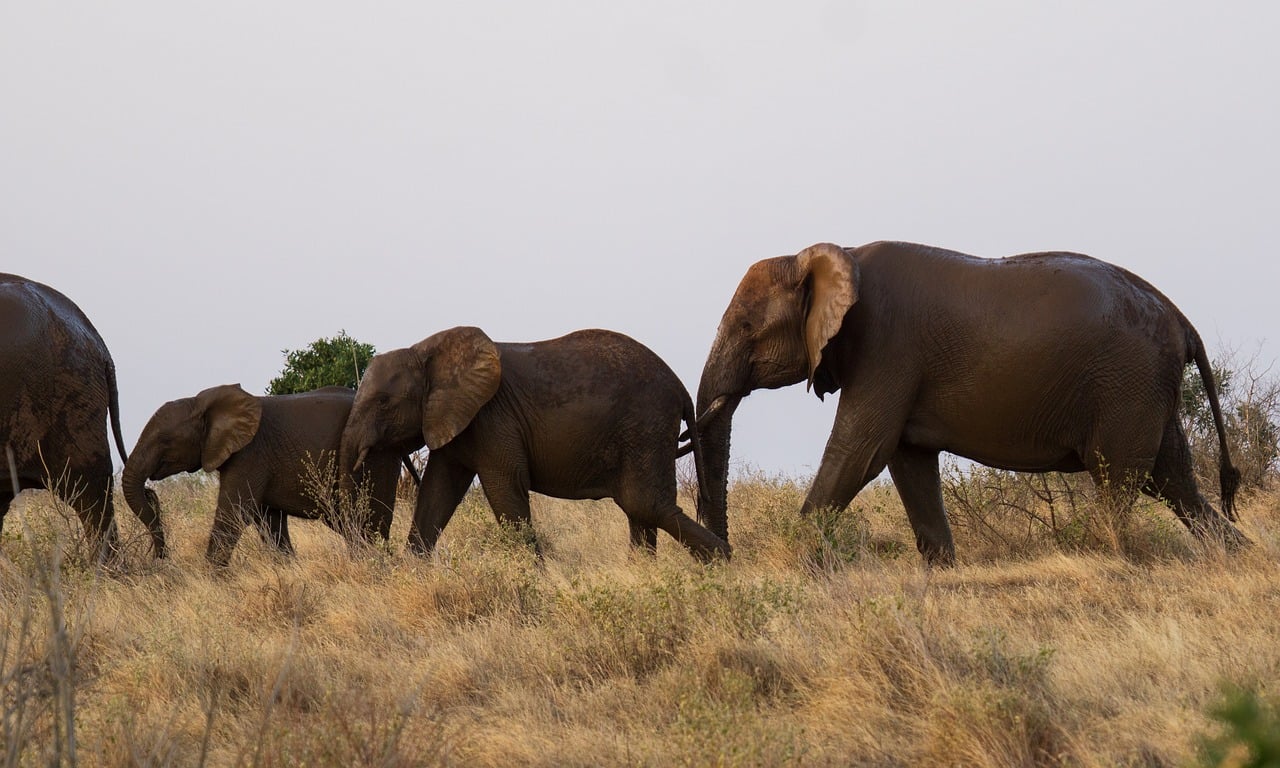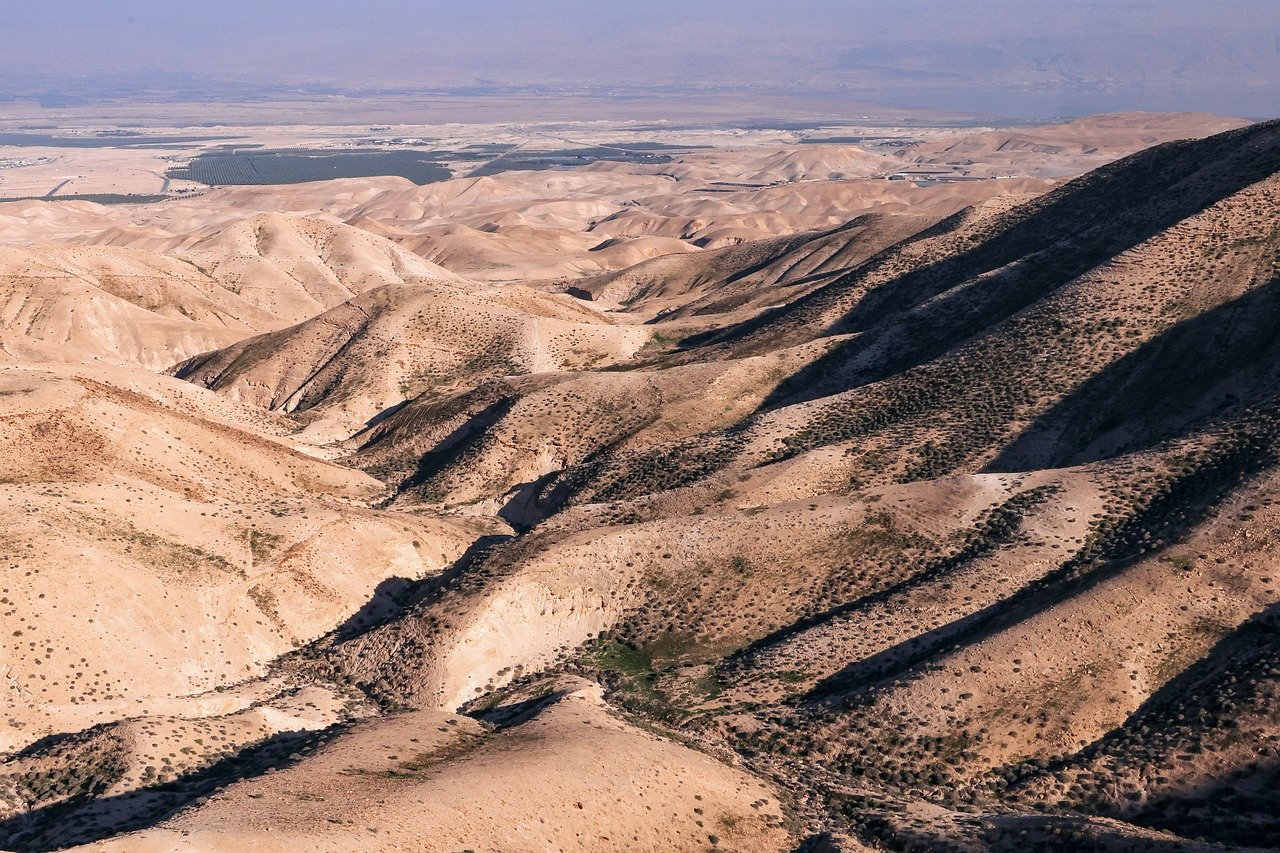Unveiling Brazil‘s Natural Wonders: Top National Parks and How to Visit
Brazil, a country renowned for its vibrant culture and breathtaking landscapes, is a treasure trove of natural wonders waiting to be explored. From lush rainforests and stunning waterfalls to unique wildlife and pristine beaches, Brazil’s national parks offer a diverse array of attractions that captivate the hearts of adventurers and nature lovers alike. In this guide, we delve into some of the top national parks in Brazil and provide insights on how to make the most of your visit.
1. Iguaçu National Park
Located on the border between Brazil and Argentina, the Iguaçu National Park is home to one of the world’s most awe-inspiring natural wonders, the Iguaçu Falls. This UNESCO World Heritage Site boasts a series of majestic waterfalls that stretch over 2,700 meters, offering a mesmerizing spectacle of roaring water and mist.
Visitors can explore the park via well-maintained trails that provide panoramic views of the falls and lead to observation decks for up-close encounters. For an unforgettable experience, consider taking a boat ride to feel the sheer power of the falls up close. The park is also home to diverse wildlife, including jaguars, tapirs, and over 400 species of birds.
2. Chapada Diamantina National Park
Nestled in the heart of Bahia, Chapada Diamantina National Park is a haven for hikers and nature enthusiasts. Known for its dramatic landscapes, the park features towering plateaus, cascading waterfalls, and crystal-clear pools.
One of the park’s highlights is the Fumaça Waterfall, which drops from a height of 340 meters. Adventurers can embark on a trek to the top of the falls for breathtaking views or take a plunge into the natural pools below. The park also offers opportunities for spelunking in the extensive cave systems, such as the Lapa Doce and Pratinha caves.

3. Pantanal Matogrossense National Park
The Pantanal Matogrossense National Park is part of the world’s largest tropical wetland ecosystem, the Pantanal. This park is a paradise for wildlife enthusiasts, with its vast floodplains providing a habitat for a rich diversity of fauna.
Visitors can embark on guided safaris to spot jaguars, capybaras, caimans, and a plethora of bird species, including the iconic hyacinth macaw. The best time to visit is during the dry season from May to September, when wildlife is more easily observed as animals gather around water sources.
4. Fernando de Noronha Marine National Park
For those seeking sun, sand, and sea, the Fernando de Noronha Marine National Park is a must-visit destination. Located off the northeastern coast of Brazil, this archipelago is renowned for its pristine beaches, clear turquoise waters, and vibrant marine life.
Snorkeling and scuba diving enthusiasts will be enchanted by the underwater world, where they can encounter dolphins, sea turtles, and numerous fish species. The park also offers stunning landscapes above water, with hiking trails leading to scenic viewpoints and secluded beaches.
5. Serra dos Órgãos National Park
Situated in the mountainous region of Rio de Janeiro, the Serra dos Órgãos National Park is a paradise for climbers and trekkers. The park is famous for its distinctive rock formations, including the iconic Dedo de Deus (God’s Finger), which resembles a hand pointing towards the sky.
Visitors can explore a network of trails that traverse through lush forests, providing opportunities to spot wildlife such as howler monkeys and toucans. For a challenging adventure, consider hiking the Petrópolis-Teresópolis traverse, a multi-day trek offering spectacular views of the surrounding peaks and valleys.
Planning Your Visit

When planning a visit to Brazil’s national parks, it’s important to consider the best time of year to travel. The climate varies significantly across the country, so researching the specific conditions of each park is essential. Generally, the dry season offers better conditions for wildlife viewing and hiking.
Many parks offer guided tours, which can enhance your experience by providing valuable insights into the local flora and fauna. Additionally, some parks may require permits or have limited visitor numbers to protect the environment, so it’s advisable to book in advance.
Takeaways
Brazil’s national parks offer an unparalleled opportunity to connect with nature and witness some of the most breathtaking landscapes on earth. Whether you’re seeking the thrill of cascading waterfalls, the tranquility of pristine beaches, or the excitement of spotting elusive wildlife, Brazil’s natural wonders have something for everyone. With careful planning and a sense of adventure, your journey through these remarkable parks will surely be an unforgettable experience.
Essential Tips for Visiting Brazil’s National Parks
To ensure a smooth and enjoyable visit to Brazil’s national parks, consider the following practical tips:
Understand the Entry Requirements
Each national park in Brazil may have its own entry requirements, such as permits or entrance fees. It’s important to check the park’s official website or contact local authorities for up-to-date information. Some parks may offer discounts for students or seniors, so having the necessary identification on hand can be beneficial.
Pack Appropriately
The key to a successful adventure in the national parks is being well-prepared. Bring along essentials such as sturdy hiking boots, breathable clothing, a hat, sunscreen, and insect repellent. For those planning overnight treks, a reliable backpack, camping gear, and sufficient food and water supplies are crucial.

Respect the Environment
Preserving the natural beauty of Brazil’s national parks is a shared responsibility. Visitors should adhere to the Leave No Trace principles, which include disposing of waste properly, staying on designated trails, and respecting wildlife. Many parks have strict rules regarding littering and feeding animals, so it’s important to follow these guidelines to protect the delicate ecosystems.
Stay Safe
Safety should always be a priority when exploring the outdoors. Before embarking on a hike or trek, inform someone of your plans and expected return time. In addition, consider hiring a local guide who is familiar with the terrain and can provide valuable insights into the park’s features and potential hazards.
Embrace Cultural Experiences
Many national parks in Brazil are located near communities with rich cultural traditions. Take the opportunity to engage with local cultures, whether it’s by trying traditional cuisine, attending festivals, or learning about indigenous customs. These experiences can add depth to your visit and provide a greater appreciation for the region’s heritage.
Exploring Beyond the Parks
While Brazil’s national parks are undoubtedly a highlight, the surrounding areas also offer a wealth of attractions worth exploring. Consider extending your trip to experience the vibrant cities, charming towns, and beautiful coastlines that complement the natural wonders.
For instance, after visiting Iguaçu National Park, travelers can explore the city of Foz do Iguaçu, known for its multicultural atmosphere and the Itaipu Dam, one of the largest hydroelectric plants in the world. Similarly, those venturing to Chapada Diamantina can explore the colonial town of Lençóis, a gateway to the park and a hub for adventure activities.

Final Thoughts
Brazil’s national parks offer an incredible array of experiences that showcase the country’s natural beauty and biodiversity. From the thunderous roar of Iguaçu Falls to the serene waters of Fernando de Noronha, each park presents a unique opportunity to connect with nature and create lasting memories.
By planning ahead, respecting the environment, and embracing local cultures, visitors can ensure that their journey through Brazil’s natural wonders is both rewarding and sustainable. Whether you’re a seasoned traveler or embarking on your first adventure, Brazil’s national parks promise an unforgettable exploration of some of the world’s most magnificent landscapes.
Insights on Brazilian Biodiversity
Brazil is home to some of the most diverse ecosystems on the planet. The Amazon Rainforest, often referred to as the “lungs of the Earth,” is a vital component of the global ecosystem. It houses an estimated 390 billion individual trees and countless species of plants, animals, and insects, many of which are not found anywhere else in the world.
Likewise, the Atlantic Forest, which runs along Brazil’s eastern coast, is another biodiversity hotspot. Despite being heavily deforested, it remains a sanctuary for an incredible variety of flora and fauna. Conservation efforts in these areas are crucial, and visiting these parks contributes to the preservation of these critical habitats.
Unique Wildlife Encounters
Brazil’s national parks offer the chance to encounter a range of fascinating wildlife. In the Pantanal, the world’s largest tropical wetland, visitors can witness the majestic jaguar in its natural habitat. Bird watchers will delight in the sight of the vibrant toucans and colorful parrots that populate the region.

In the Amazon, the opportunities to see rare and exotic species are endless, from pink river dolphins to sloths lazily lounging in the treetops. Meanwhile, in the coastal regions, the sight of sea turtles nesting on the beaches of Fernando de Noronha provides an unforgettable wildlife experience.
Conservation Efforts and Challenges
Preserving Brazil’s natural wonders is an ongoing challenge. The country faces pressures from deforestation, mining, and agriculture, which threaten the delicate balance of these ecosystems. Organizations and local communities are actively working to combat these threats through conservation initiatives and sustainable practices.
Engaging with these efforts can enhance your visit, as many parks offer volunteer programs and eco-tourism initiatives that allow visitors to contribute to conservation projects. By choosing responsible travel options, you can help support the protection and preservation of these invaluable natural resources.
Planning a Sustainable Trip
Sustainable travel is increasingly important in preserving the natural and cultural integrity of destinations. When visiting Brazil’s national parks, consider staying in eco-friendly accommodations that prioritize sustainability and minimize their environmental impact.
Opt for local tour operators who support community-based tourism, ensuring that your visit benefits the local population. Additionally, reducing waste and respecting local customs and traditions contribute to a more sustainable and rewarding travel experience.
Conclusion: A Journey Worth Taking
Exploring Brazil’s national parks is a journey filled with wonder, adventure, and discovery. These natural sanctuaries not only showcase the extraordinary diversity of life but also remind us of the importance of protecting our planet’s most precious resources.
As you plan your visit, remember that each step taken in these magnificent landscapes is an opportunity to connect with nature, support conservation efforts, and create memories that will last a lifetime. Whether you’re drawn to the majestic waterfalls, the vibrant wildlife, or the serene beaches, Brazil’s national parks promise a transformative experience that will inspire and enrich all who venture within their bounds.










